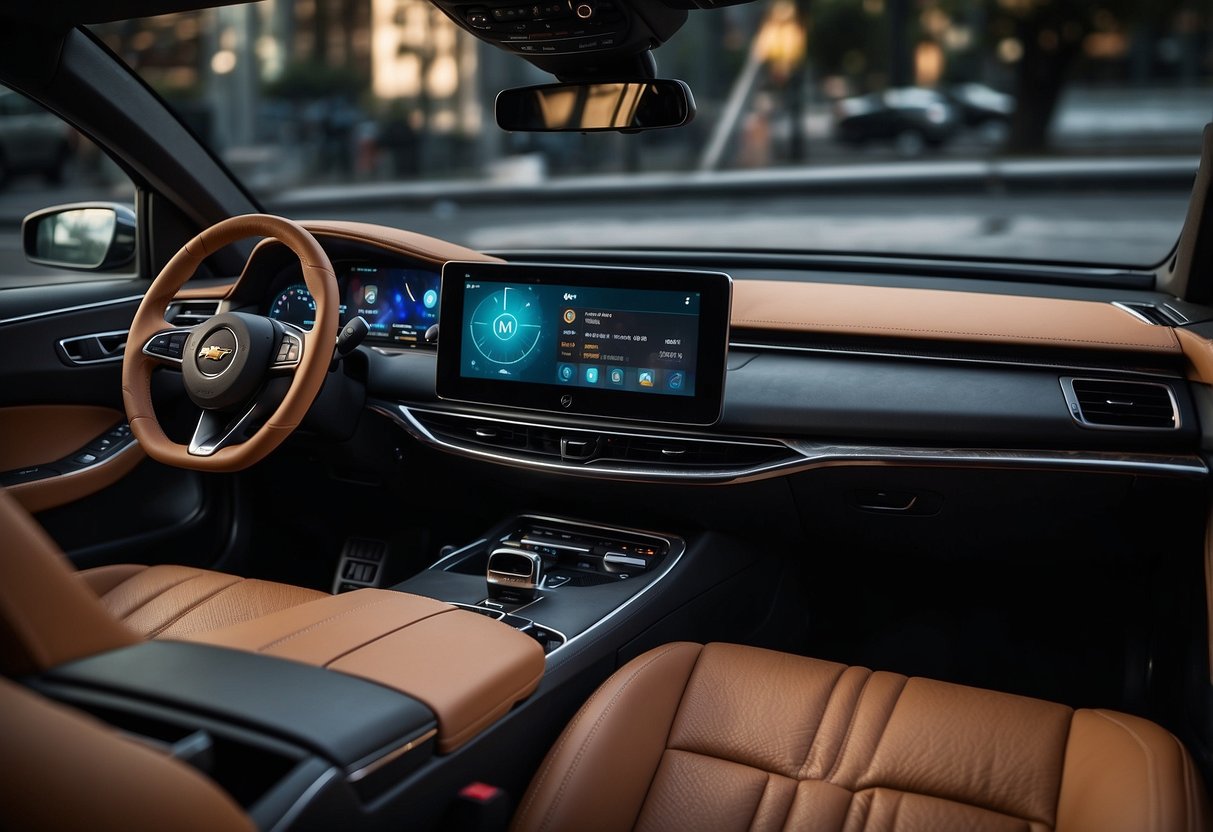
Car infotainment systems have come a long way from the days of simple AM/FM radios and cassette players. With advances in technology, today’s infotainment systems offer a seamless blend of entertainment, navigation, and connectivity, serving as the digital nerve center of modern vehicles. These systems have become integral to enhancing the driving experience, providing drivers and passengers with access to entertainment, real-time vehicle diagnostics, and navigation tools.
Automakers continuously innovate to keep pace with consumer expectations and advancements in mobile technology. Today’s systems can integrate with smartphones, allowing users to access their favorite apps directly from the car’s dashboard. Voice-controlled assistants, touchscreens, and advanced audio systems have transformed how occupants interact with their vehicles.
The importance of these developments is evident as they cater to the growing demand for convenience and safety on the road. Features such as hands-free calling, real-time traffic updates, and emergency assistance have all become standard, reflecting how car infotainment systems have evolved to offer a comprehensive suite of tools for today’s tech-savvy drivers.
The Genesis of Car Infotainment Systems
Car infotainment systems began their journey in the 1930s with the introduction of AM radios in cars. These early systems were basic, offering limited functionality. Yet, they marked the first step toward integrating entertainment and information technologies into vehicles.
By the 1950s, AM radios became standard in many cars, and FM radios started to make an appearance. Cadillac introduced the first in-car AM/FM radio in 1952, enhancing the audio experience for drivers and passengers alike.
The 1960s and 1970s saw car manufacturers experimenting with 8-track players, allowing drivers to play tapes of their favorite music. The integration of cassette players in the 1980s further advanced the capabilities of car infotainment.
With the advent of the 1980s, digital displays and automated features began to make their way into car dashboards. Compact Disc (CD) players became popular, providing higher audio quality and greater durability than cassettes.
Navigation systems emerged in the late 1980s, adding a new dimension to car infotainment. Pioneered by manufacturers like Toyota and Honda, these early systems used CD-ROMs to provide route guidance.
By the 1990s, GPS technology became more refined, making navigation systems more accurate and user-friendly. Car infotainment began to merge communications and entertainment, offering more integrated solutions.
Understanding the origins of car infotainment systems reveals their progression from simple AM radios to complex, multi-functional systems. Each advancement built upon previous technologies, gradually shaping the infotainment systems we know today.



